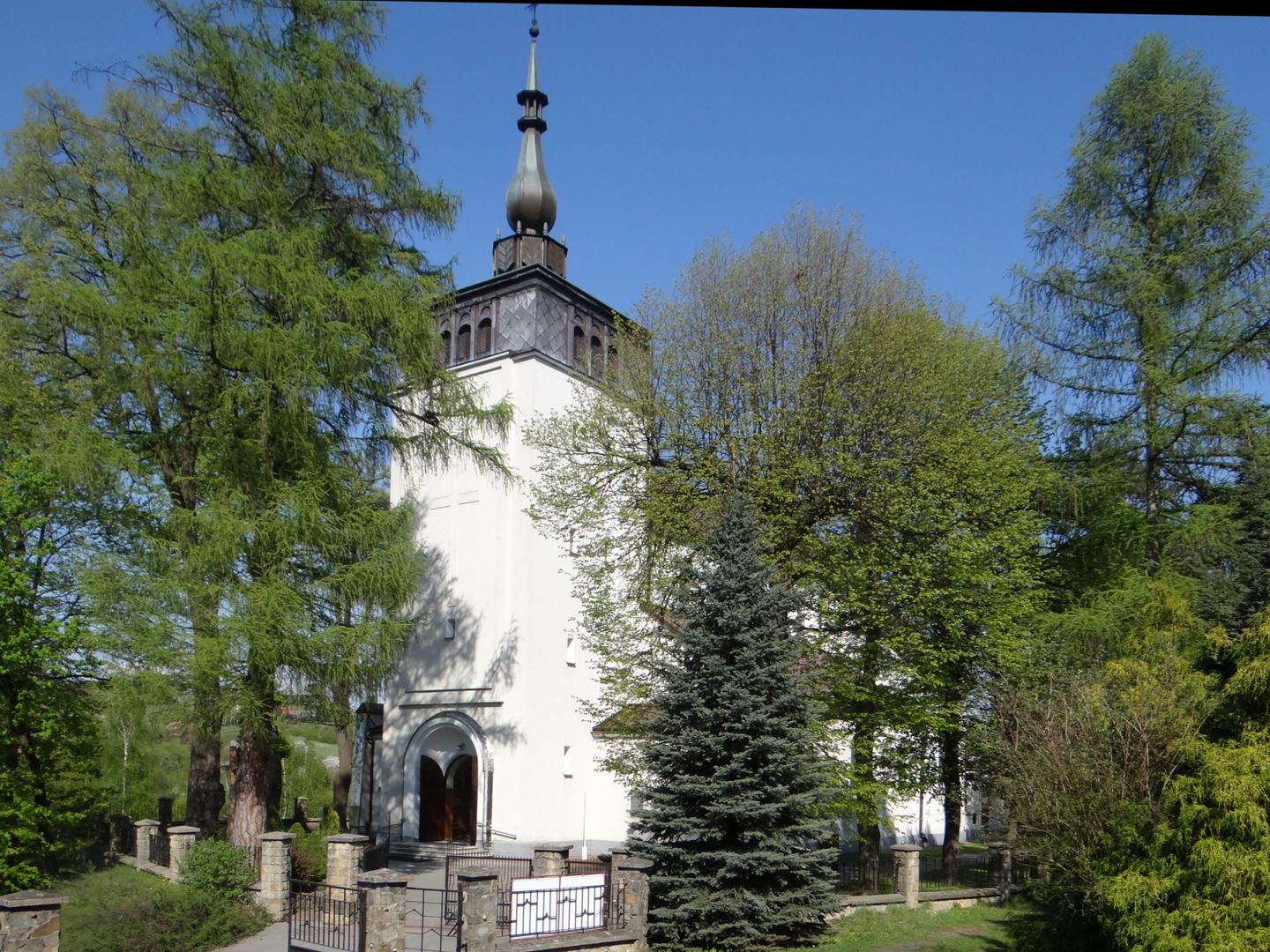Szczepanowice
6.88

Overview
The Tubendza landslide, which became active in May 2010, covers an area of 16 hectares, with an additional 34 hectares in an inactive state. Its formation is linked to heavy rainfall and human activities, such as the additional load on the slope from new buildings. Infrastructure, including a high-voltage power line and an asphalt road, was also damaged. The area of Szczepanowice is home to war cemetery No. 194, and the village is located in the Lesser Poland Voivodeship, in the Tarnów district. Tourism in the region is growing thanks to marked trails leading to nearby military cemeteries. The parish church in Jodłówka, built at the end of the 16th century, has undergone numerous renovations and repairs, and the current church was consecrated in 1948. The architecture of the church is a three-nave basilica, with rich interior furnishings, including polychrome paintings and stained-glass windows. The history of the village is rich; it was established in the 14th century, and during the Reformation, it was a center of Calvinism. Szczepanowice played an important role in the development of Calvinist education. In the 19th century, the Chrząstowski manor was a site of clandestine activities. World War I brought destruction, and World War II resulted in material and human losses. Today, Szczepanowice is developing its infrastructure, and the village has about 1,450 inhabitants. The local cemetery has a long history, dating back to medieval times, and its current layout was established in 1868, with subsequent expansions. The region also has a well-developed transportation network, which was modernized in the second half of the 20th century. Interestingly, the village gained prominence due to the Galician slaughter of 1846 and its association with the Calvinist movement, which attracted Protestant youth from various countries.
Location
2025 Wizytor | All Rights Reserved